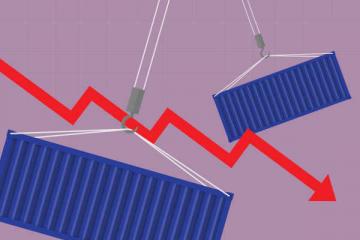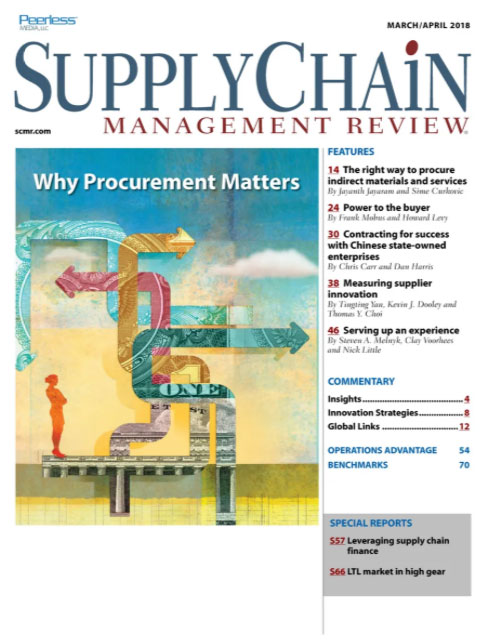Sorry, but your login has failed. Please recheck your login information and resubmit. If your subscription has expired, renew here.
March-April 2018
"Inflation creeps into U.S. Supply Chain.” So said the headline on a Wall Street Journal article I read this morning before writing this column. The Journal went on to write that U.S. companies are grappling with rising material and ingredient costs on top of pressure from higher wages—a potential double whammy— and noted that companies like Whirlpool and Ford have already issued warnings to the market. Browse this issue archive.Need Help? Contact customer service 847-559-7581 More options
Would you pay $15 for a cup of coffee? Now, before you answer, imagine that this is no ordinary cup of Joe. The coffee is produced using the siphon method, a nearly 200 year old slow-brew process renowned for its ability to deliver a delicate, clear and tasty cup of coffee. What’s more, while the barista is making your cup, you’ll be able to see how coffee cherries are converted into roasted and ground coffee beans.
Starbucks is betting that just as wine lovers are willing to pay for the experience of tasting wines at the winery, surrounded by vineyards and wine making equipment, coffee lovers will pay $15 to experience coffee in a new way at its Reserve Roastery and Tasting Room. The similarity doesn’t stop there. Just as winery customers can sample unique wines that aren’t in the stores, Starbucks’ customers will be able to sample new blends and drinks before they get released to the public—drinks like Nitro Cold Brew, the Smoked Butterscotch Latte and the Cascara Latte. Now, knowing all that, would you pay $15 for a cup of coffee? If you answered yes, welcome to the experiential supply chain, one in which supply chains are tasked with delivering more than just a product, even if that is a custom product.
Supply chain management is undergoing a transformation. Today, the supply chain is becoming a strategic tool that enables a business’s go-to-market strategy; and in response, it is developing new forms. These new types of supply chains have a lot to teach managers and researchers about the future of supply chain management.

This complete article is available to subscribers only.
Log in now for full access or start your PLUS+ subscription for instant access.
SC
MR
Sorry, but your login has failed. Please recheck your login information and resubmit. If your subscription has expired, renew here.
March-April 2018
"Inflation creeps into U.S. Supply Chain.” So said the headline on a Wall Street Journal article I read this morning before writing this column. The Journal went on to write that U.S. companies are grappling… Browse this issue archive. Access your online digital edition. Download a PDF file of the March-April 2018 issue.Would you pay $15 for a cup of coffee? Now, before you answer, imagine that this is no ordinary cup of Joe. The coffee is produced using the siphon method, a nearly 200 year old slow-brew process renowned for its ability to deliver a delicate, clear and tasty cup of coffee. What's more, while the barista is making your cup, you'll be able to see how coffee cherries are converted into roasted and ground coffee beans.
Starbucks is betting that just as wine lovers are willing to pay for the experience of tasting wines at the winery, surrounded by vineyards and wine making equipment, coffee lovers will pay $15 to experience coffee in a new way at its Reserve Roastery and Tasting Room. The similarity doesn't stop there. Just as winery customers can sample unique wines that aren't in the stores, Starbucks' customers will be able to sample new blends and drinks before they get released to the public—drinks like Nitro Cold Brew, the Smoked Butterscotch Latte and the Cascara Latte. Now, knowing all that, would you pay $15 for a cup of coffee? If you answered yes, welcome to the experiential supply chain, one in which supply chains are tasked with delivering more than just a product, even if that is a custom product.
Supply chain management is undergoing a transformation. Today, the supply chain is becoming a strategic tool that enables a business's go-to-market strategy; and in response, it is developing new forms. These new types of supply chains have a lot to teach managers and researchers about the future of supply chain management.
SC
MR
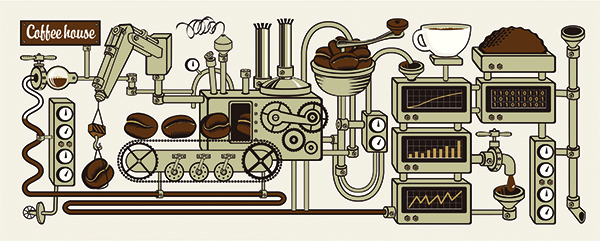

Latest Supply Chain News
- Survey reveals strategies for addressing supply chain, logistics labor shortages
- Israel, Ukraine aid package to increase pressure on aerospace and defense supply chains
- How CPG brands can deliver on supplier diversity promises
- How S&OP provides the answer to in-demand products
- AI, virtual reality is bringing experiential learning into the modern age
- More News
Latest Podcast
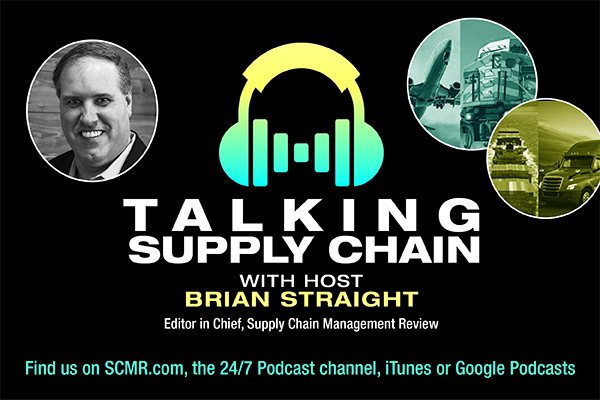
 Explore
Explore
Business Management News
- Survey reveals strategies for addressing supply chain, logistics labor shortages
- How CPG brands can deliver on supplier diversity promises
- How S&OP provides the answer to in-demand products
- AI, virtual reality is bringing experiential learning into the modern age
- Tips for CIOs to overcome technology talent acquisition troubles
- There is still work to do to achieve supply chain stability
- More Business Management
Latest Business Management Resources

Subscribe
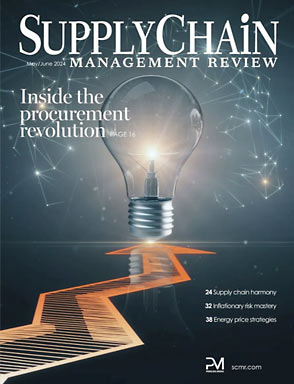
Supply Chain Management Review delivers the best industry content.
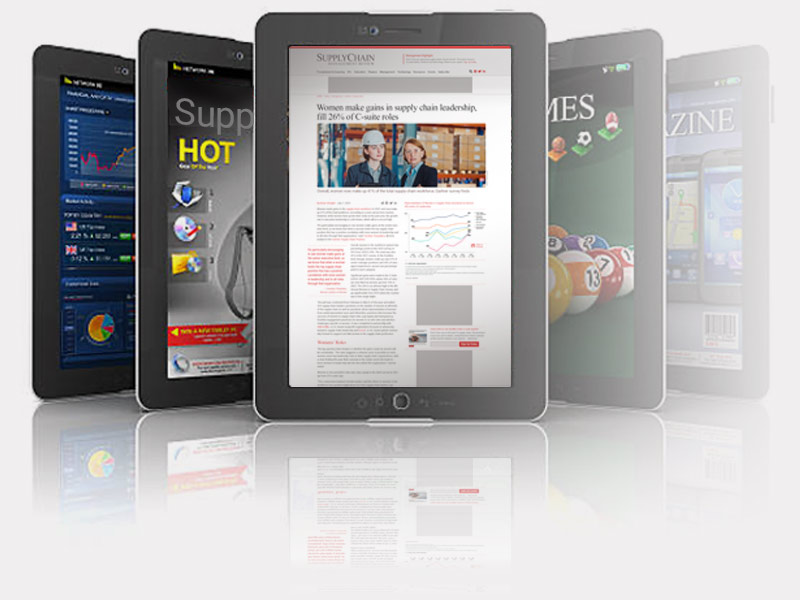
Editors’ Picks


